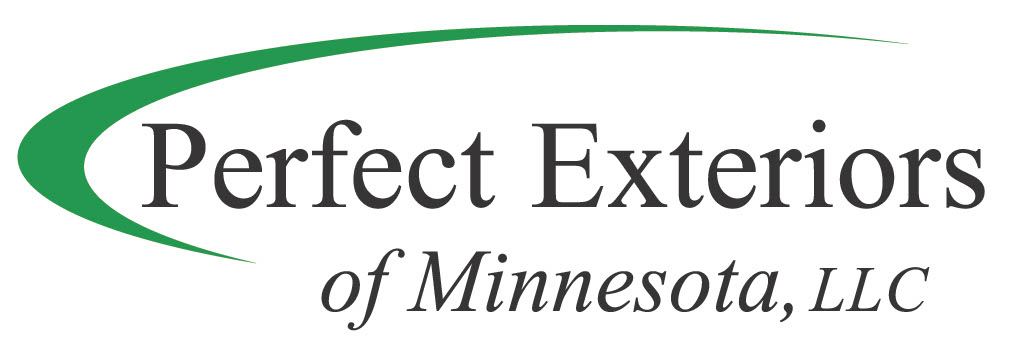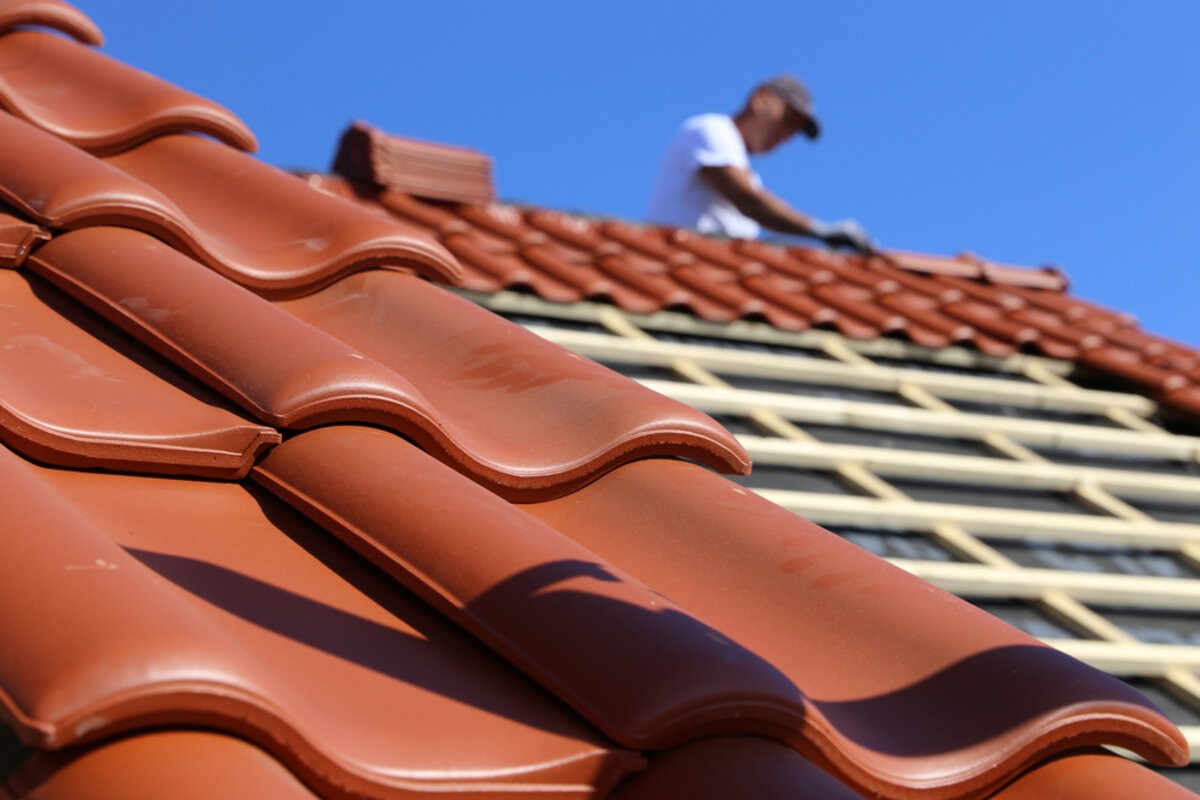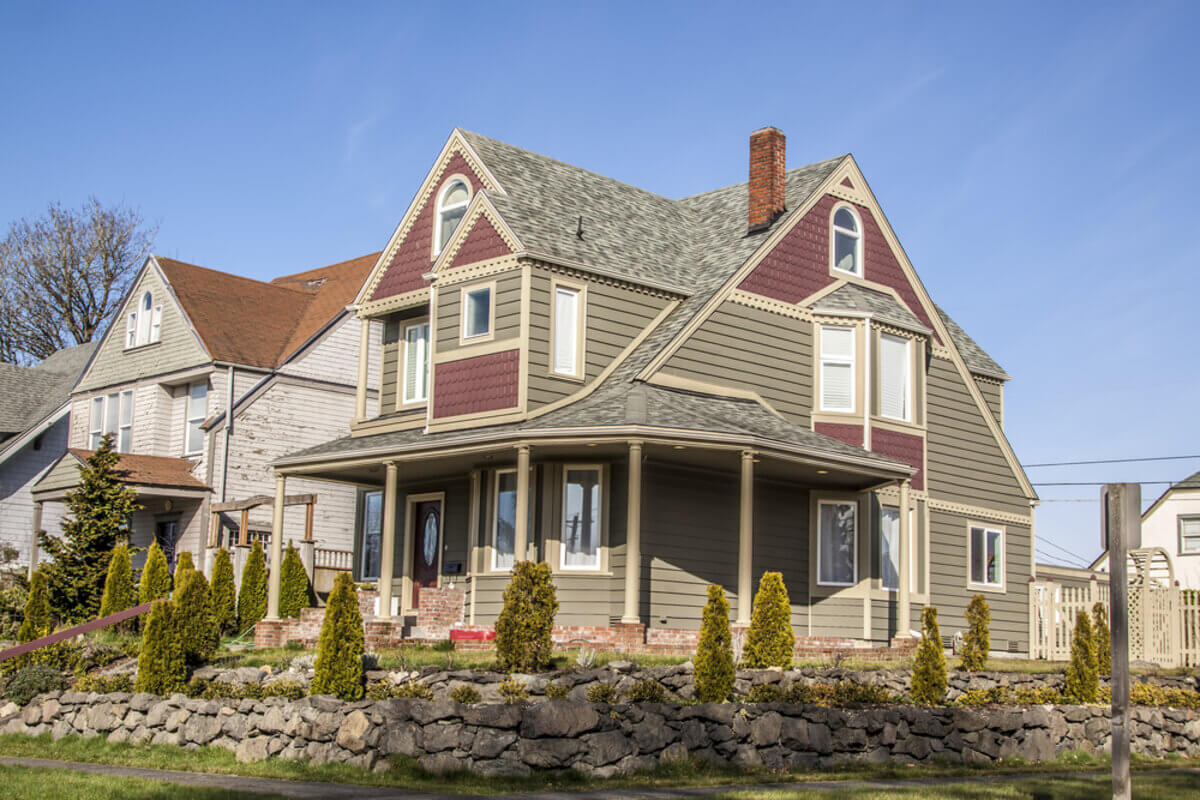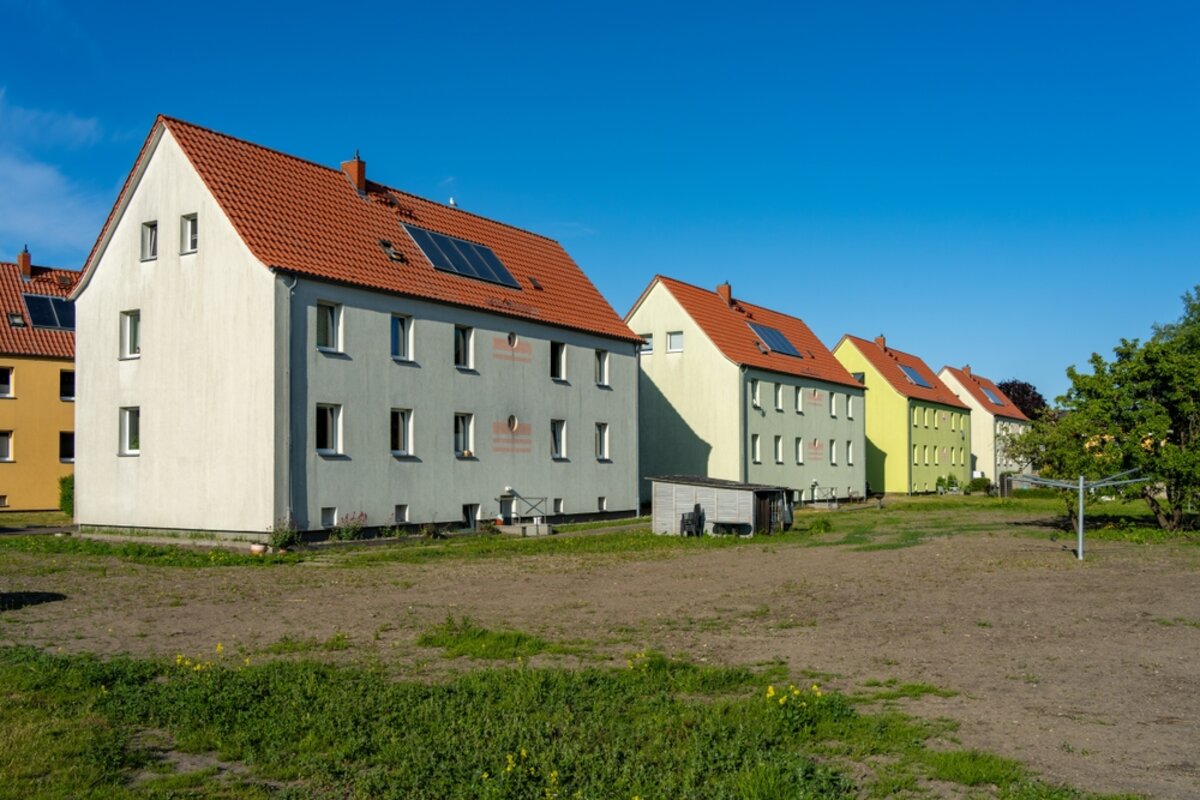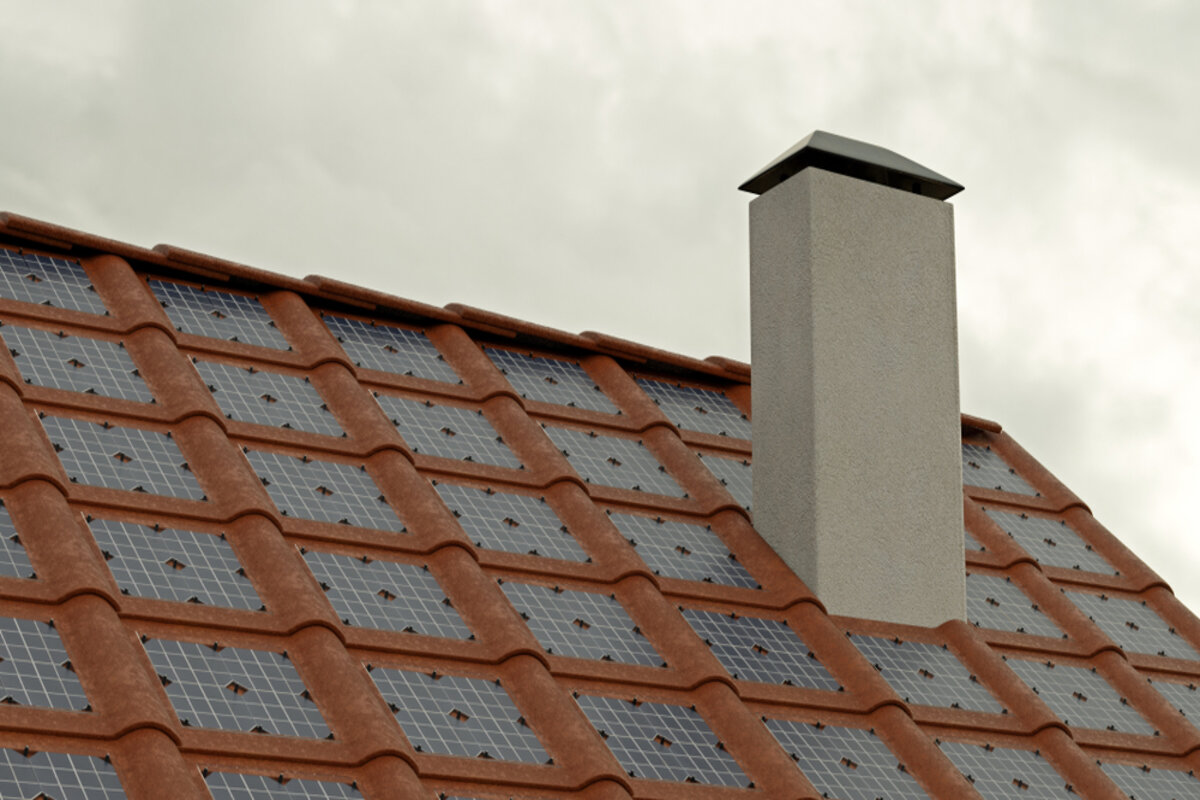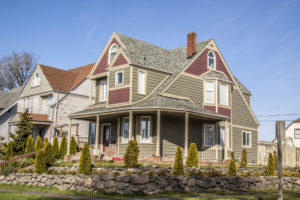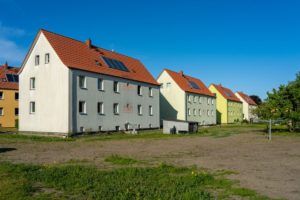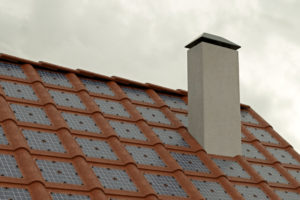A roof is one of the most crucial structural components of a home, acting as the first line of defense against the elements. However, when it fails before its expected lifespan, the consequences can be disruptive, costly, and often a source of immense frustration for homeowners. Recognizing the causes of premature roof issues is the first step in preventing them. In this piece, we’ll explore the multiple factors that can lead to a roof’s untimely deterioration and provide guidance on mitigating these risks.
Installation and Materials
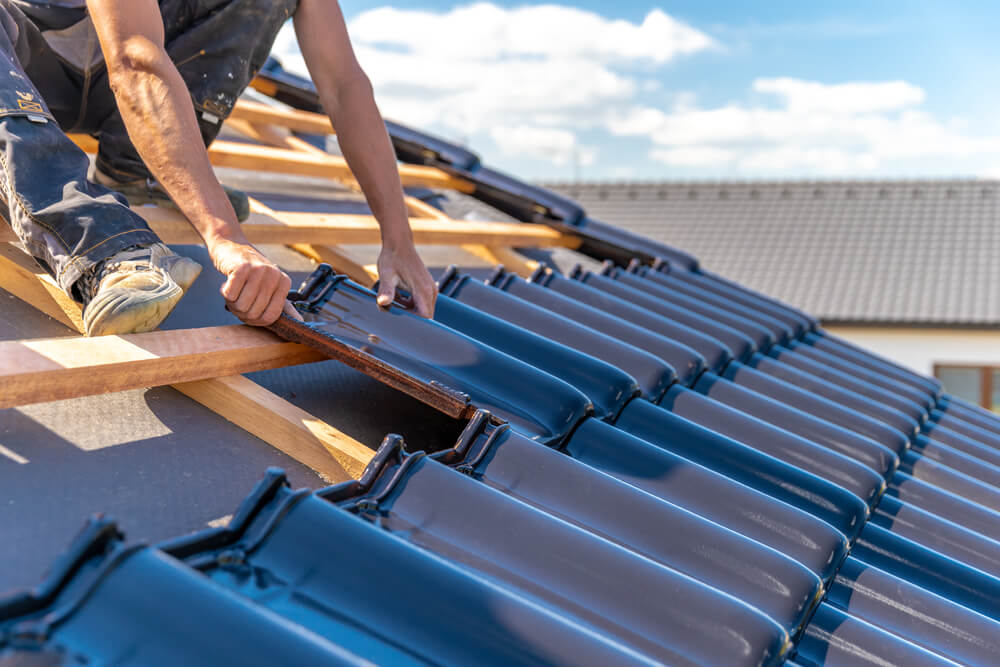
Inadequate Installation Techniques
It’s no surprise that the primary cause of premature wear and tear is improper installation. Whether it’s misaligned shingles, incorrect nailing, or not allowing for proper ventilation, these shortcuts or oversights can significantly curtail a roof’s longevity.
Inferior Quality Materials
Not all roofing materials are created equal. Opting for cheaper, lower-quality materials might seem like a cost-saving measure initially, but it can result in frequent repairs or replacements, adding to long-term costs.
Environmental Factors and Your Roof
Extreme Weather Conditions
While roofs are designed to withstand nature’s elements, repeated exposure to severe weather phenomena like hailstorms, torrential rains, or high-speed winds can hasten its degradation. Such events can strip away granules from shingles, cause cracking, or even result in parts of the roof getting torn off.
Persistent Sunlight and UV Rays
Constant exposure to the sun can cause roofing materials, especially asphalt shingles, to age faster. UV rays can break down the materials, leading to cracks, curling, or blistering.
Overlooked Maintenance and Care
Lack of Regular Inspections
Out of sight, out of mind, right? Many homeowners neglect regular roof inspections, which means minor issues that could be easily addressed evolve into major problems. Annual inspections, especially after significant weather events, can help identify potential problems before they escalate.
Debris Accumulation
Leaves, twigs, and other debris that collect on roofs, especially in valleys, can retain moisture and lead to rot or mold. This not only affects the roof materials but can also clog gutters, leading to water backup and further roof damage.
Additional Factors Impacting Roof Health
Poor Ventilation
Roof ventilation is crucial in regulating temperature and moisture levels in the attic space. Insufficient ventilation can lead to heat and moisture buildup, weakening the roof structure from underneath and potentially leading to mold growth and wood rot.
Walking on the Roof
While sometimes necessary for inspections or decorations, frequent foot traffic on a roof can cause damage to the shingles or other roofing materials. If walking on the roof is essential, it’s crucial to tread carefully and avoid putting too much weight or pressure in one area.
Learn How to Combat the Common Causes of Premature Roof Failure
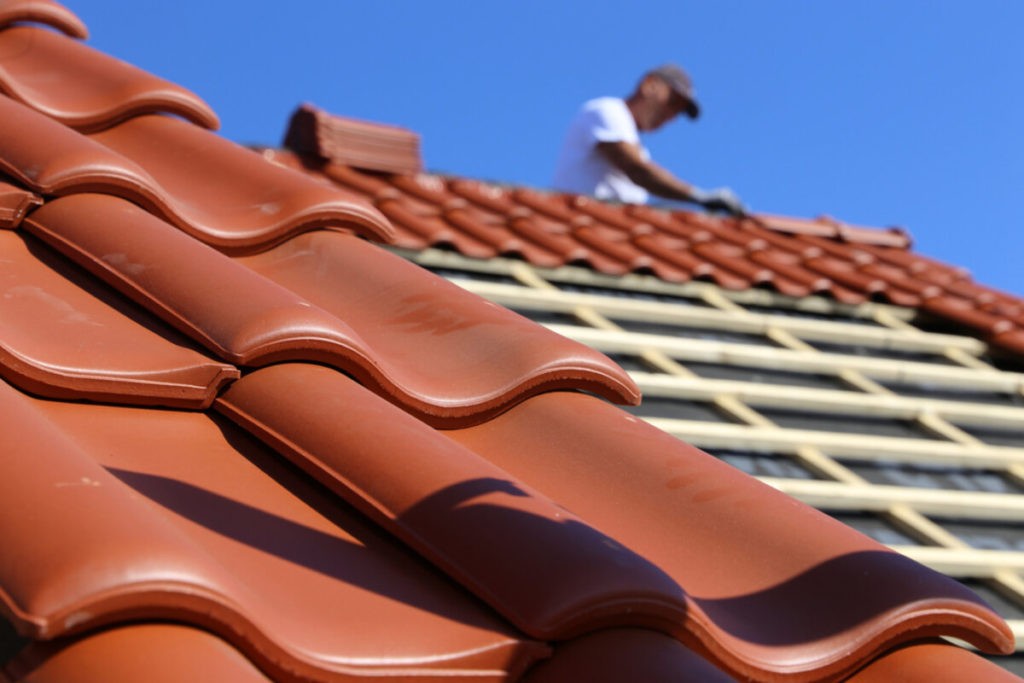
The stability of a home often starts from the top. By understanding and anticipating the common causes of premature roof failure, homeowners can take steps to ensure that their roof remains a reliable shield against the elements, contributing to a safe and comfortable living environment for years to come. Contact Perfect Exteriors today to learn more about the common causes of premature roof failure.
